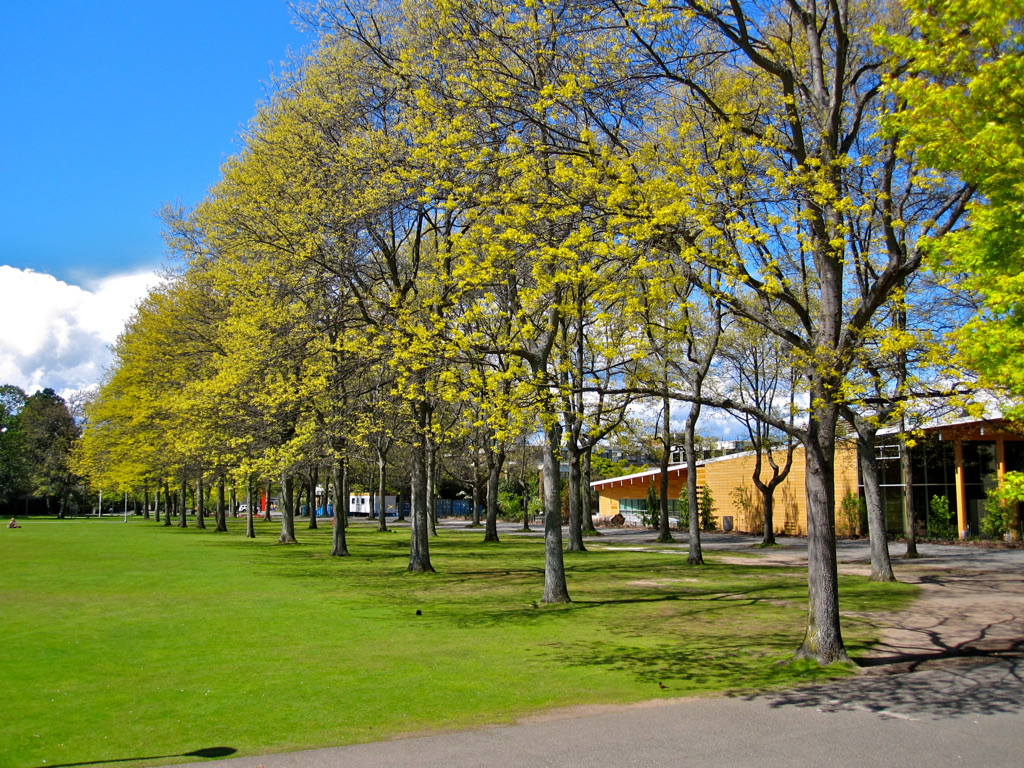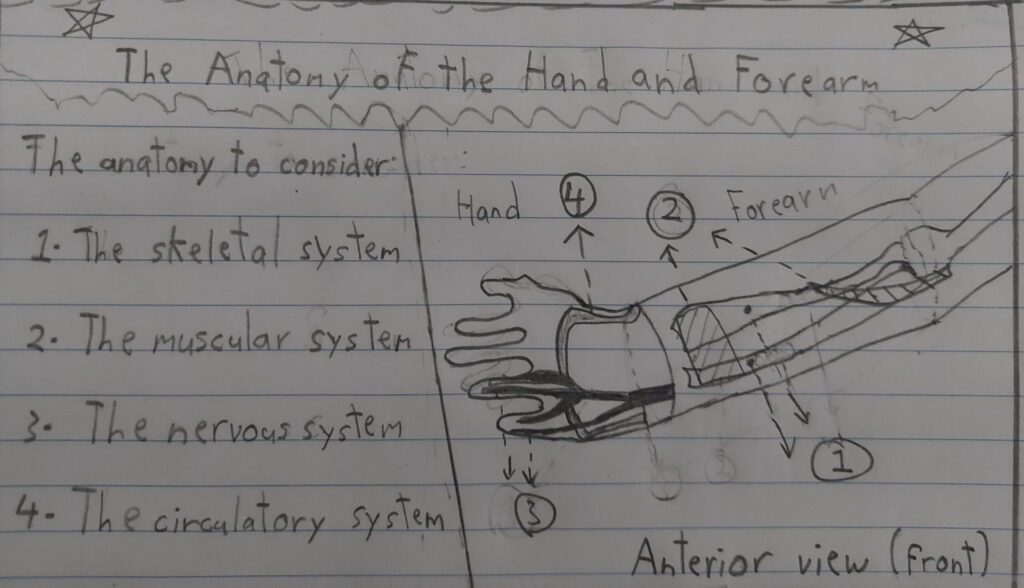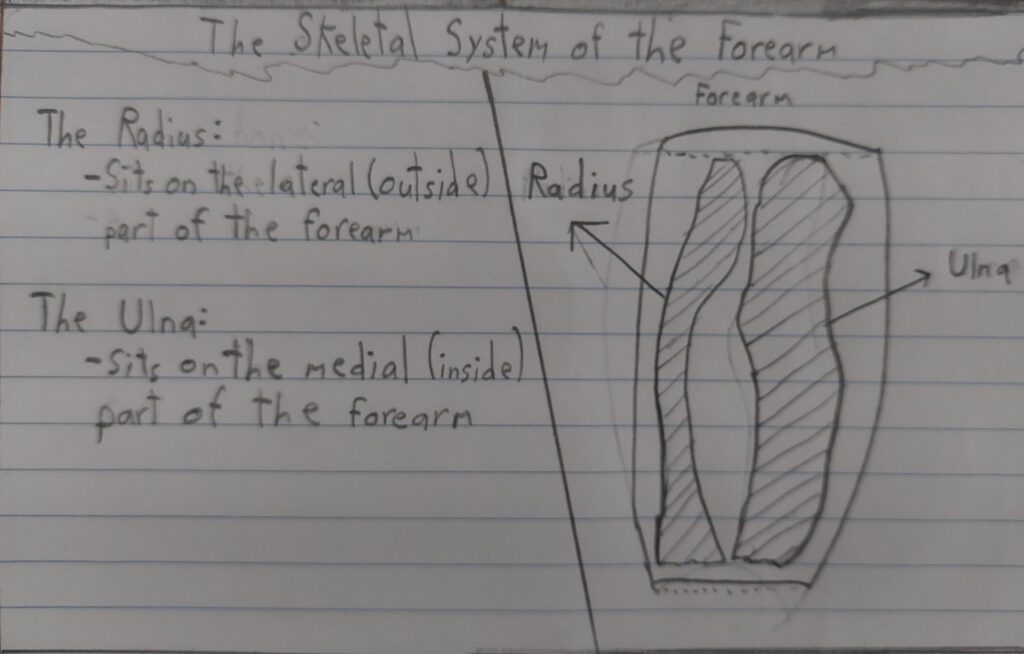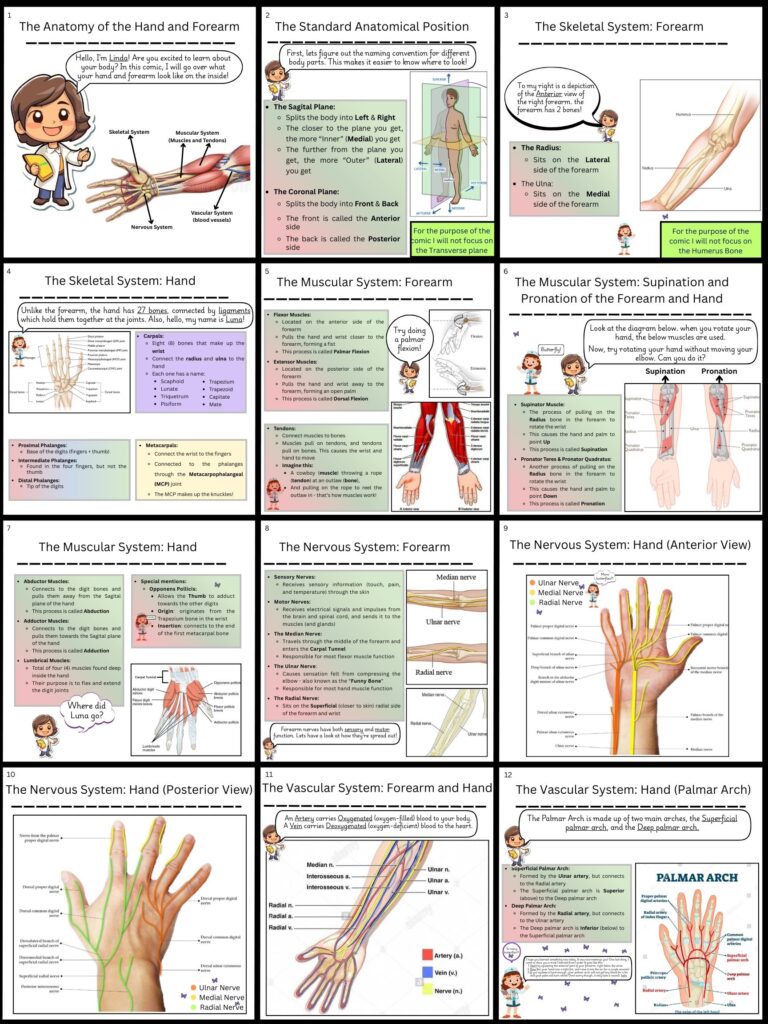Challenge A: Comic

Hand Anatomy: an Educational Comic
Updated: September 23, 2025
Author: Bashar Kabd
My goal for this project is to inform a high-school learner (audience) on the anatomy of the hand and forearm (basically everything below the elbow). I am creating this blog post as a submission to Challenge A for EDCI 337. I chose hand anatomy because of an AP class I took in High-school that was offered by UVic.
THE PROCESS
Understand (Discover, Interpret, Specify)
DESCRIBE THE CHALLENGE:
High-schoolers would benefit from learning more about the anatomy and physiology of their hand and forearm. This will improve understanding of how the hand and forearm function and make expectations about the hand and forearm clearer.
CONTEXT AND AUDIENCE:
Audience
A typical audience will be made up of Junior and Senior High-school students. Students will be able to view the blog post’s comic as part of a class assignment via school resources or their own personal computers. Some extreme and intended audience cases include students with learning difficulties such as: blindness, deafness, intellectual disabilities, and other conditions that could make learning more difficult. On the other hand, some extreme and unintended audience cases can include interested Freshman and Sophomores, teachers, and internet users who stumble onto the blog post comic.
Needs
Students taking this class will need to review the comic and complete a mandatory assignment as part of biology class (Biology 12). They need a passing grade to pass the course, and this comic assignment will account for 20% of their grade. For extreme and intended audience cases, some modifications can be made to the assignment rubrics, or a different assignment can be given instead.
Goals
The goal for the students is to complete the assignment and obtain a high grade. This will get them closer to completing the course. Moreover, students will aim to gain new knowledge that can help them in other courses, and in life in general.
Motivations
Students will feel motivated to complete the assignments for multiple reasons. The first being the need to get a passing grade in the course, and this assignment accounts for 20% of the grade. The second is that the comic assignment is designed to be appealing to high-schoolers, and will make them interested in learning about hand anatomy and completing the assignment.
POV STATEMENT:
High-schoolers who are interested in anatomy need to learn about the anatomy of the hand and forearm so they can make educated decisions about their hand and forearm condition.
LEARNING OBJECTIVES:
By the end of this post, learners will be able to:
- Describe the anatomy of the hand and forearm using example diagrams
- Label parts of the hand and forearm by using their hand and forearm as a reference
- Name bones in the hand and forearm using their hand and forearm as a reference
Plan (Ideate, Sketch, Elaborate)
IDEATION:
My process for brainstorming was simple. I considered past experiences and what helped me learn a lot about a topic in the past, and I recalled an AP biology class I took in Grade 12 at Victoria Highschool. To summarise, I learned about the anatomy of the hand and forearm in a well-designed way by our professor (who was a plastic surgeon). My plan is to create a comic that teaches about the hand and forearm in an informative way, so others can learn a thing or two about how their body works.
My most promising prototype for the Challenge A Comic assignment would feature the various muscles and bones found in the hand and forearm, their name, and their function. Additionally, some fun facts may be included throughout the comic.
STORYBOARD OR SCRIPT:
The below is a hand drawn (forgive my lack of skill) storyboard for the first 2 pages of the comic, alongside a preliminary script of the first two pages:

- [Page 1]
- The Anatomy of the Hand and Forearm
- “The anatomy to consider:
- 1. The skeletal system
- 2. The muscular system
- 3. The nervous system
- 4. The circulatory system”
- Hand
- Forearm
- Anterior View (front)
- “The anatomy to consider:
- The Anatomy of the Hand and Forearm

- [Page 2]
- “The Skeletal System of the Forearm:
- The Radius
- Sits on the lateral (outside) part of the forearm
- The Ulna
- Sits on the medial (inside) part of the forearm”
- Forearm
- Radius
- Ulna
PRINCIPLES APPLIED:
I will use the principles of multimedia learning from Mayer’s theory of multimedia learning to enhance the quality of the comic. To reduce extraneous load, I will avoid redundant information, and keep the topic of the comic directly related to the biology of the hand and forearm. Furthermore, I will use the contiguity principle and make sure that word explanations are closely connected to the parts they describe.
I will also achieve germane load by reducing the intrinsic cognitive load of the comic. To do that, I will break down the anatomy of the hand and forearm into smaller parts that are easier to understand. I will divide them into 2 parts: the hand, and the forearm. Then, I will define and describe the skeletal structure, muscular structure, nervous system, and circulatory system separately so as to not overwhelm the learners.
Create and Share the Prototype
You can get the finished comic here. Furthermore, the completed comic and the older prototype can be found in the drop-down menu below:
Comic

Prototype
![[Challenge A: Comic - Prototype]](https://bashar337.opened.ca/wp-content/uploads/sites/9451/2025/09/Challenge-A-Comic-768x1024.jpg)
PEER FEEDBACK:
I have read over Isaac‘s peer review, and I took several steps to improve my Challenge A Comic. Firstly, I made it clear that the topic will be the anatomy of the hand and forearm, since some areas considered the human body as a whole. Moreover, for extreme audience cases, I suggested appropriate modifications to the comic, or a different comic all together. For example, if a student is color blind, we can use a different color pallette. Lastly, I fixed some minor issues and fine tuned certain areas to ensure coherence and consistency in my blog.
I have received Taha’s peer review as well. After reading the peer review, I would like to thank Taha for their feedback. I have made sure to pay attention to extreme cases such as learners with learning difficulties. Furthermore, my goal was to make the comic interactive with the characters I added in. Overall, I am thankful for the feedback I got from my peers.
Reflect and Refine
REFLECTION:
Challenge Reflection
Throughout the Challenge A Comic, I faced a multitude of challenges. In the beginning, I had to come up with a topic of interest, and I chose forearm and hand anatomy because it was something I was familiar with. Completing Phases 0-2 was more complicated than expected. However, thanks to the peer feedback I had received, I clarified my Challenge, Audience, and POV statement.
Furthermore, it took some time to compile a list of citations for phases 0-2 and the prototype. Citations referenced online sources, as well as theories and lessons learned in the course notes. References will be attached to the bottom of this blog post.
Most aspects of the project went well. I had a good time completing and revising phases 0-2. Moreover, selecting forearm and hand anatomy as a topic was a good idea, since it helped rejuvenate my knowledge of the topic since high-school.
Prototype
As for the prototype, My first attempt with the storyboard took less time than expected, and was somewhat enjoyable. Creating the actual prototype using Canva was considerably time consuming, but I eventually succeeded.
After I completed the prototype, I received the feedback that the comic was lacking a story, So I added two characters that would explain how various parts of the forearm and hand work. This was alongside the original text description of the forearm and hand. I did, however, shorten the original text in the comic, since I heard that the comic was too text-heavy. Overall, I am happy with the finished product.
Multimedia Approach
Some of the strengths of this type of multimedia learning is the use of text and imagery together. A comic is easy to follow, and having a light amount of text to accompany pictures makes it easier to understand the topic at hand. However, I did not use any videos in the blog post. Furthermore, most components of the blog post are still text-heavy, with the exception of the prototype.
REFERENCES
Adductor pollicis muscle. (2024). Wikipedia. https://en.wikipedia.org/wiki/Adductor_pollicis_muscle
Anatomical Position. (2025) Osmosis.org. https://www.osmosis.org/answers/anatomical-position
Arm bones. (2025). Mayo Clinic. https://www.mayoclinic.org/diseases-conditions/broken-arm/multimedia/arm-bones/img-20007018
Challenge A: Comic. (2025) Canva.
Deep palmar arch. (2025). Wikipedia. https://en.wikipedia.org/wiki/Deep_palmar_arch
Flexion/extension movements of the fist. (2025). ResearchGate. https://www.researchgate.net/figure/Flexion-extension-movements-of-the-fist_fig5_318037181
Hand Bones. (n.d.). TheSkeletalSystem. https://www.theskeletalsystem.net/hand-bones
Medical Illustration of Human Arm Muscles, Bones, and Nerves. (n.d.). Dreamstime. https://www.dreamstime.com/medical-illustration-human-arm-muscles-bones-nerves-detailed-showcasing-s-blood-vessels-image-provides-depth-image358649269
Muscles of the Upper Extremities. (n.d.). Lubopitko. https://encyclopedia.lubopitko-bg.com/Muscles_of_the_Upper_Extremities.html
Nerves. (2025). Handcare. https://www.assh.org/handcare/safety/nerves
Schematic drawing of the innervation of the wrist and hand. (2025). ResearchGate. https://www.researchgate.net/figure/Schematic-drawing-of-the-innervation-of-the-wrist-and-hand_fig1_371246847